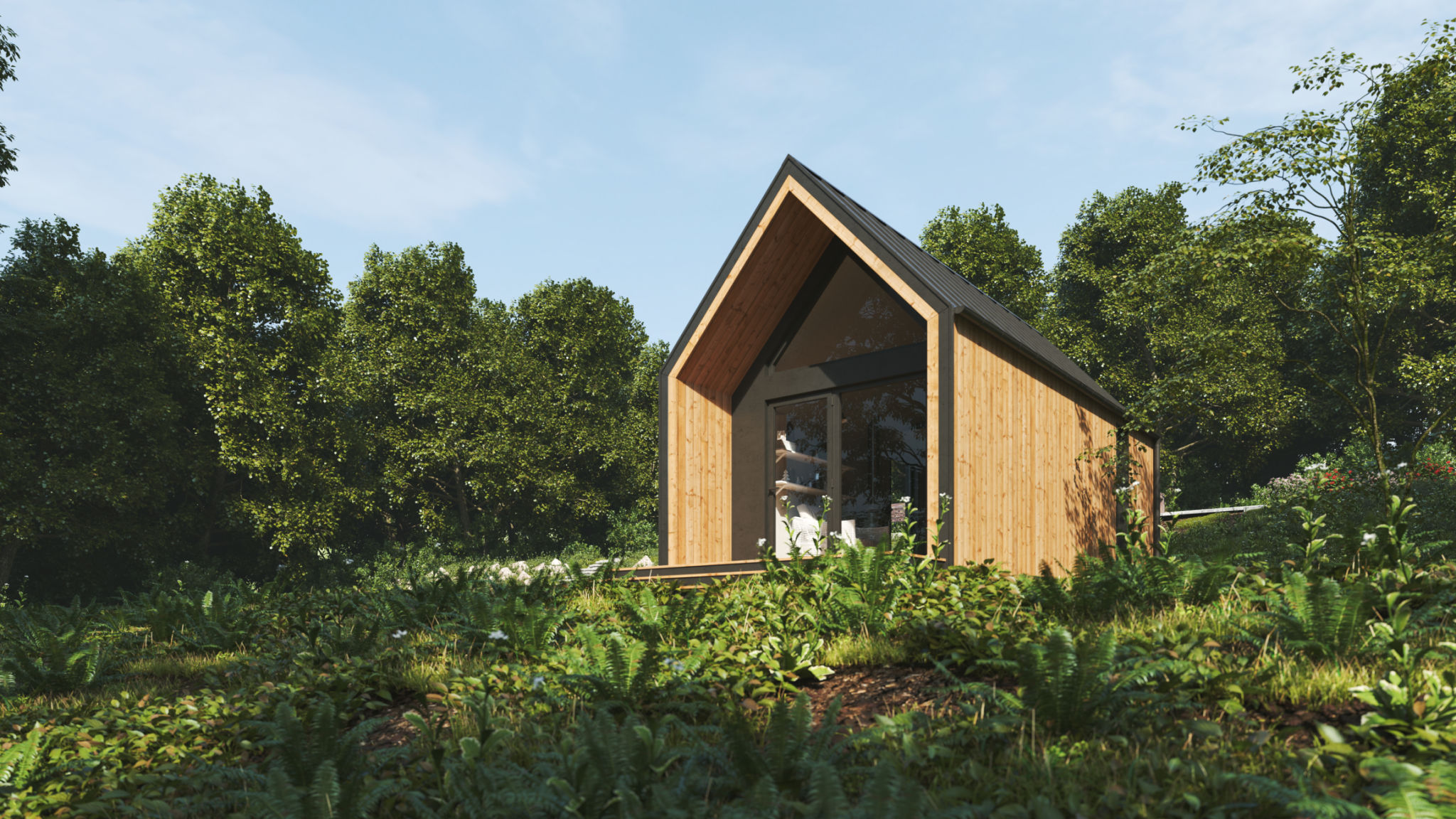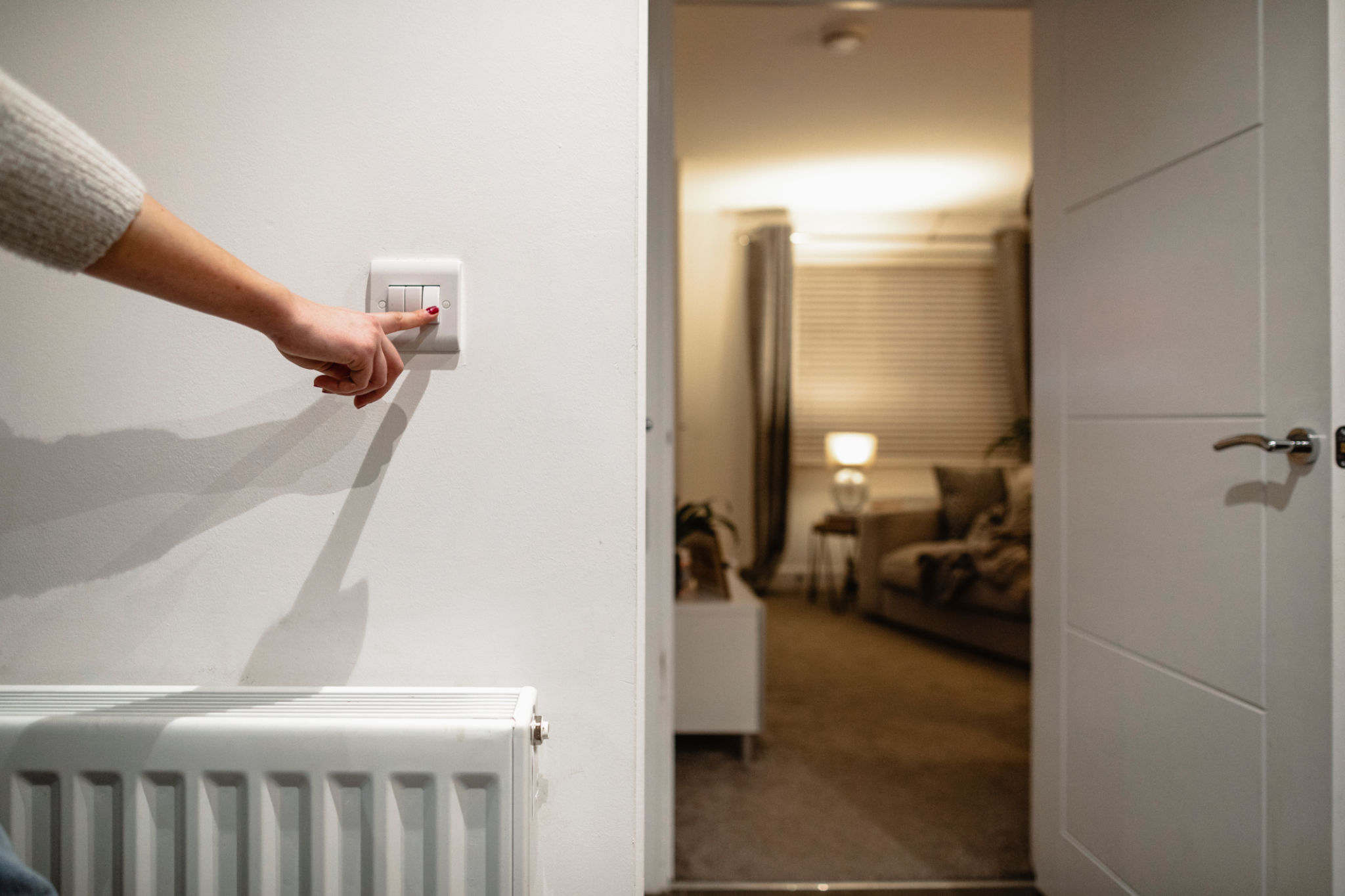Eco-Friendly Carpentry Solutions: A Sustainable Choice for Your Home
Introduction to Eco-Friendly Carpentry
As environmental consciousness grows, more homeowners are seeking sustainable solutions for their living spaces. Eco-friendly carpentry offers an opportunity to enhance your home while minimizing your environmental impact. By choosing materials and practices that are kind to the planet, you can create a beautiful, functional space that aligns with your values.
Eco-friendly carpentry involves using sustainable materials, reducing waste, and ensuring energy-efficient processes. This approach not only benefits the environment but also contributes to healthier indoor air quality and long-term cost savings for homeowners.

Sustainable Materials in Carpentry
One of the hallmarks of eco-friendly carpentry is the use of sustainable materials. These materials are sourced responsibly and have a lower environmental impact compared to traditional options. Some popular sustainable materials include:
- Bamboo: A rapidly renewable resource that grows quickly and requires minimal pesticides.
- Reclaimed wood: Repurposed wood from old buildings or furniture, reducing the need for new timber.
- Cork: Harvested from the bark of cork oak trees without harming the tree, making it highly sustainable.
Choosing these materials helps reduce deforestation and promotes a circular economy where resources are reused rather than discarded.
Energy-Efficient Carpentry Practices
In addition to using sustainable materials, eco-friendly carpentry emphasizes energy-efficient practices. This includes designing projects to maximize natural light, using energy-efficient tools, and optimizing insulation to maintain comfortable indoor temperatures with less energy consumption.

Carpenters can also focus on creating airtight seals in windows and doors to prevent heat loss, further enhancing the home's energy efficiency. These practices not only help the environment but also lead to lower utility bills for homeowners.
Reducing Waste in Carpentry Projects
Another critical aspect of eco-friendly carpentry is waste reduction. By using precise measurements and cutting techniques, carpenters can minimize material waste. Additionally, recycling scraps and reusing materials from previous projects can significantly reduce the amount of waste sent to landfills.
Implementing a waste reduction plan in carpentry projects ensures that resources are used efficiently and responsibly, contributing to a more sustainable construction industry.

Benefits of Eco-Friendly Carpentry for Homeowners
Adopting eco-friendly carpentry solutions offers several benefits for homeowners. Beyond environmental advantages, these practices can lead to improved indoor air quality by using non-toxic finishes and adhesives. This creates a healthier living environment, particularly important for families with young children or individuals with allergies.
Moreover, sustainable carpentry solutions often result in unique and aesthetically pleasing designs. Using materials like reclaimed wood or bamboo can add character and charm to any space, making your home stand out while supporting environmentally responsible choices.
Conclusion: A Sustainable Choice for Your Home
Eco-friendly carpentry solutions provide a responsible way to enhance your home without compromising on style or functionality. By choosing sustainable materials, adopting energy-efficient practices, and reducing waste, you are making a positive impact on the environment and setting an example for future generations.
As more homeowners embrace these principles, we move closer to a world where sustainability and innovation go hand in hand. Consider incorporating eco-friendly carpentry into your next home project and enjoy the benefits of a more sustainable lifestyle.
